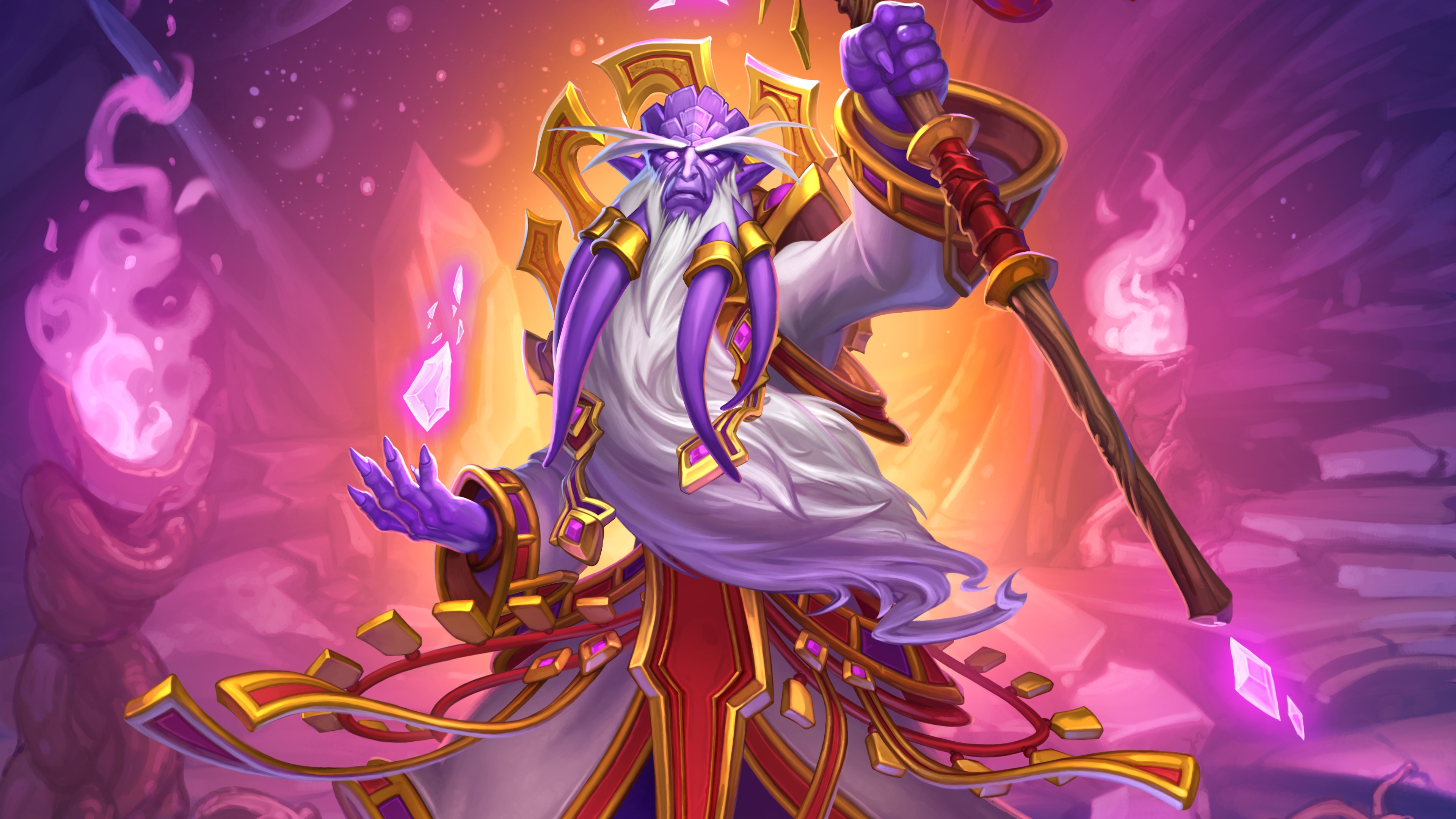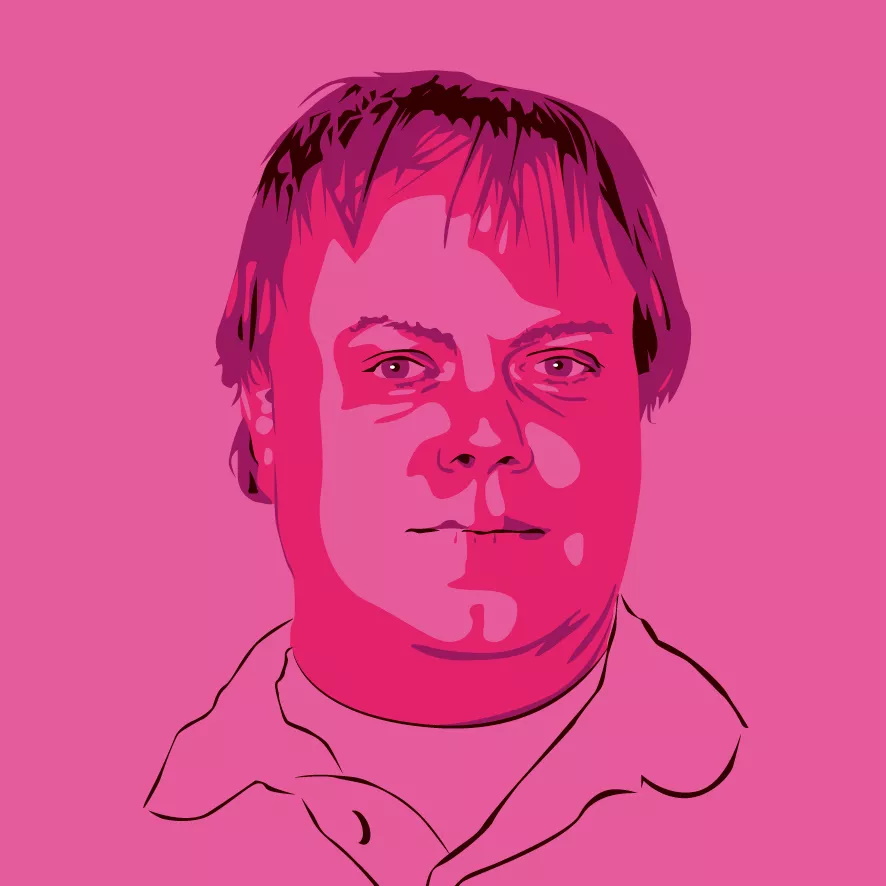Blizzard is investigating claims that upcoming Hearthstone hero skins are AI generated
The pixel art images, which were datamined earlier this month, have now been removed, although Blizzard still has not commented on whether they were AI generated.

Blizzard says it is investigating allegations that pixel art designs for new Hearthstone skins slated to be released as part of the The Great Dark Beyond expansion were created with generative AI. While the investigation is still ongoing, the art in question has been removed.
The skins haven't been released at this point, or even formally announced, but were datamined earlier this month as part of patch 31.0. The initial reaction was quite positive—they do look pretty cool at first blush, after all—but on October 26, 1000_toasters posted a thread on X laying out their belief that the images were AI generated.
The thread has since been deleted, as 1000_toasters said they made their point (and also called on followers to "not harass the artist concerned or blizzard employees"), but not before it was covered, and thus preserved, by Hearthstone content creator Zeddy on YouTube.
The AI claim is quite well argued. The Hearthstone images themselves are suspect in relatively small ways—Malfurion's shoulder tattoo is wrong, for instance—but it's a closer look at the artist, Trey Fore, that really sends up red flags.
Some images on Fore's Instagram are "absolute AI classics," as 1000_toasters put it: The wrong number of fingers, misaligned weapon shafts, objects going under what they should be going over, that sort of thing. "You can find tons of little details in a lot of their artworks that don't make sense, and things that a human would just not draw," 1000_toasters wrote.
Hearthpwn writer Imik noticed other oddities in their own thread: Along with the incorrect shoulder tattoo, Malfurion's horns and hair are off the mark, as is the symbol on Doomhammer's Doomhammer. Small details, yes, but that's where the devil is.
I tried to generate something via the Microsoft AI image generator, but I only mentioned the color of the armor, the bun, the color of the body, and the horde banner... It automatically made the doomhammer logo "Horde" as well. So it looks like it could be tied to AI. pic.twitter.com/cnDDz4kpRQOctober 26, 2024
The situation came to the attention of Blizzard fairly quickly: Community manager RidiculousHat said on Reddit and X that the Hearthstone team is aware of the claim and would investigate this week. And that's where things currently stand: No smoking gun, but a strong whiff of cordite hanging in the air.
The biggest gaming news, reviews and hardware deals
Keep up to date with the most important stories and the best deals, as picked by the PC Gamer team.
Regardless of how Blizzard's investigation works out, the allegations are yet another example of the burden of AI paranoia and the reflexive suspicion of art that inevitably follows. "Authenticity" rather than quality or intent becomes the central question, and it's left us, the users and fans, with a mess to sort out: Wizards of the Coast, for instance, was forced to admit that generative AI was used to make a piece of Magic: The Gathering promotional art, just a few weeks after saying it wouldn't do so, and a few days after stridently denying it—all of which only came to light because fans complained.
The core issue amongst all of this isn't that AI-generated art is "bad," although it often is, but that removing the human element from artistic creation removes intent. As staff writer Harvey Randall said last year, "there's no mystery to how an AI generated a beautiful night sky unless you're unfamiliar with the tech—it was trained on a dataset of thousands of other night skies, then it made an educated guess." More practically, it also removes jobs: As companies become able to churn out dozens of passable images with nothing more than generation software and a reasonably well-defined prompt, artists—people with actual skills, vision, and intent—are inevitably left behind.
Of course, even game companies who aren't specifically looking to cut down on payroll have their own issues to deal with when it comes to hiring external artists—ensuring they're not simply cranking stuff out with an image generator and a prompt. But they're the ones "creating" and, more to the point, selling the products in question, and that rightfully makes it their problem to sort out. The fact that it seems to be such a challenge is a big part of why this AI paranoia persists, and as much as it sucks we should probably get used to it, because AI art isn't going away.
Update: AI art isn't going away, but these particular pieces of art—which, for the record, remain officially unconfirmed as AI-generated—are now gone. As noted by Imik on X, the pixel art in question was removed in a hotfix released on November 4. Blizzard still has not commented on the matter.
pic.twitter.com/myXYoyJgdENovember 4, 2024

Andy has been gaming on PCs from the very beginning, starting as a youngster with text adventures and primitive action games on a cassette-based TRS80. From there he graduated to the glory days of Sierra Online adventures and Microprose sims, ran a local BBS, learned how to build PCs, and developed a longstanding love of RPGs, immersive sims, and shooters. He began writing videogame news in 2007 for The Escapist and somehow managed to avoid getting fired until 2014, when he joined the storied ranks of PC Gamer. He covers all aspects of the industry, from new game announcements and patch notes to legal disputes, Twitch beefs, esports, and Henry Cavill. Lots of Henry Cavill.


